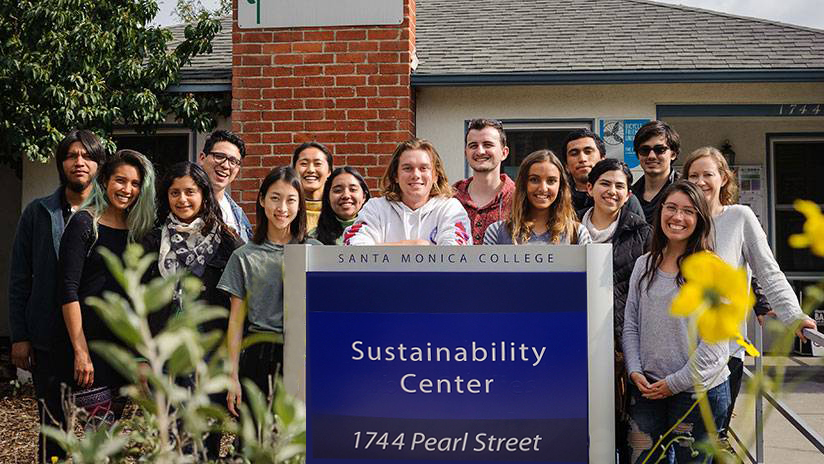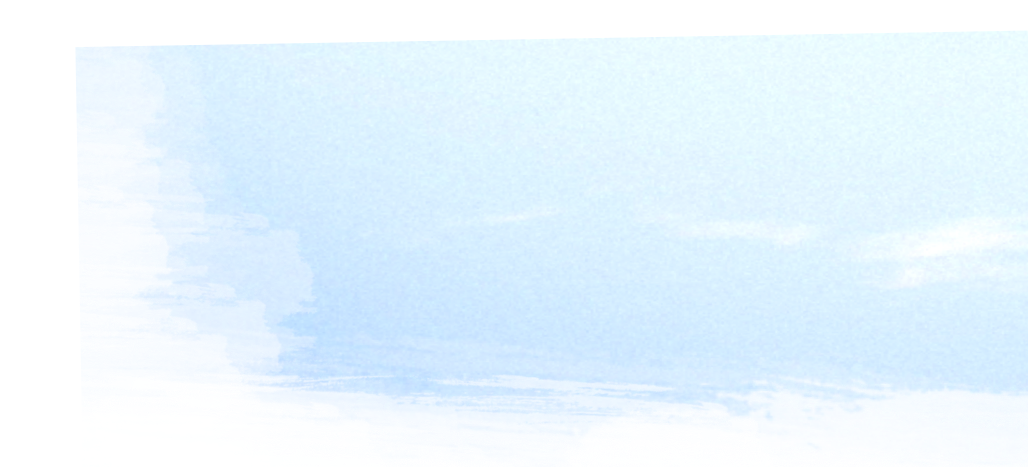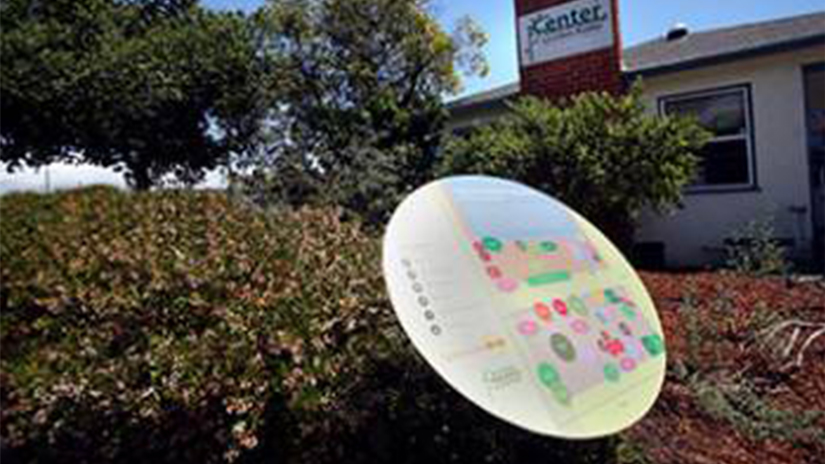 Native Gardens - Installed in the late 1990s by the SMC Botany Department, maintained by student
volunteers, the garden includes only California natives (not only drought tolerant).
Supports local wildlife, requires little maintenance and hardly any water. Some plants
are endangered and all plants have benefits to the local ecosystem like attracting
local bees and beneficial insects, being fire resistant, etc.
Native Gardens - Installed in the late 1990s by the SMC Botany Department, maintained by student
volunteers, the garden includes only California natives (not only drought tolerant).
Supports local wildlife, requires little maintenance and hardly any water. Some plants
are endangered and all plants have benefits to the local ecosystem like attracting
local bees and beneficial insects, being fire resistant, etc.
Mulch -Easy to install and maintain. Mulch helps prevent runoff, prevents evaporation, and deters weeds and invasive species.
Rain Barrels - Two rain barrels capture water from the roof so it can be stored for dry weather. Natural rainwater is better for plant roots because it does not contain fluoride, chlorine, or chloramine.
Solar panels -
- 3KW system
- Systems will result in reducing emissions over the 25 year warranted life of the modules
by the following amounts:
- 133,650 Lbs. Carbon Dioxide
- 338 Lbs. Nitrous Oxide
- 1,080 Lbs. Sulfur Dioxide
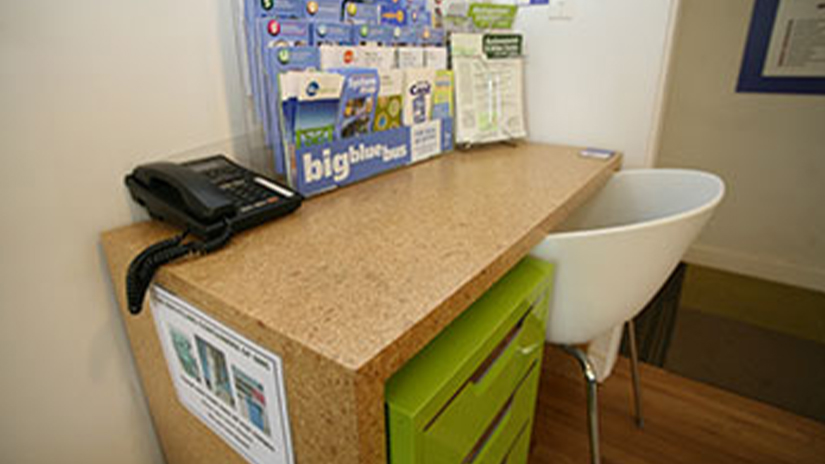
Sunflower seed board - Also known as Dakota Burl, these desks are a unique bio-based material which exhibits the beauty of traditional hardwood. The material is created from an agricultural fiber and sunflower hulls making this a great alternative to non-renewable resources. Building with Dakota Burl reduces the consumption of hardwood trees while utilizing the sunflower hull after the seeds are harvested.
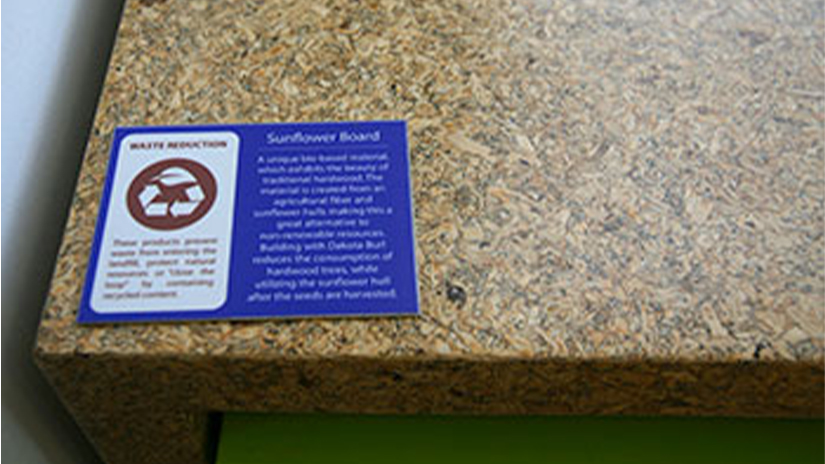
Wheat Board - is created from a rapidly renewable agricultural resource, wheat-straw, which offers a rich golden alternative to traditional hardwood or paneling products. in addition to its versatility, wheat board is so environmentally friendly, that the net greenhouse gas contribution during the life cycle of the product is actually negative.
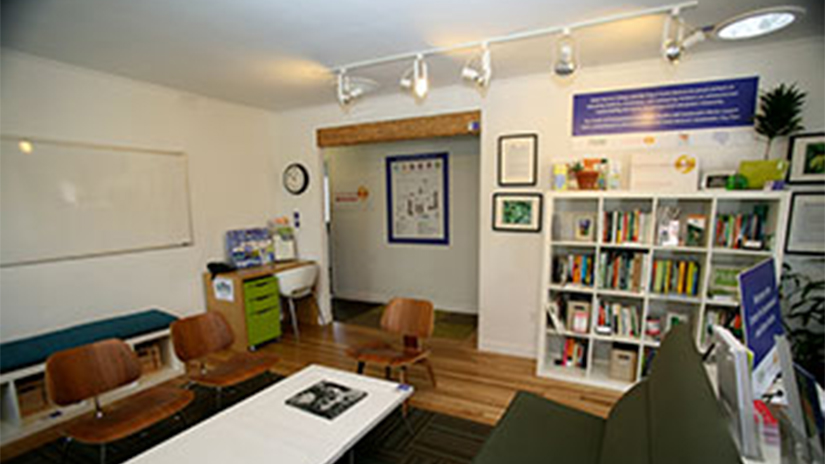
CFLs and Energy Efficient Lighting - The use of one replacement Compact Fluorescent Lightbulb or Energy Star qualified bulb in every American home would save enough energy to light more than $3 million homes for one year, more than $600 million in annual energy costs and prevent greenhouse gases equivalent to the emissions of more than 800,000 cars.
Natural Light - The most efficient type of lighting is natural light! Placing buildings in an orientation that maximizes natural day lighting, provides the maximum use of daylight from the east, west and south sides of the home. Maximizing daylight or natural light reduces the need for artificial light, reducing energy consumption and utility bills.
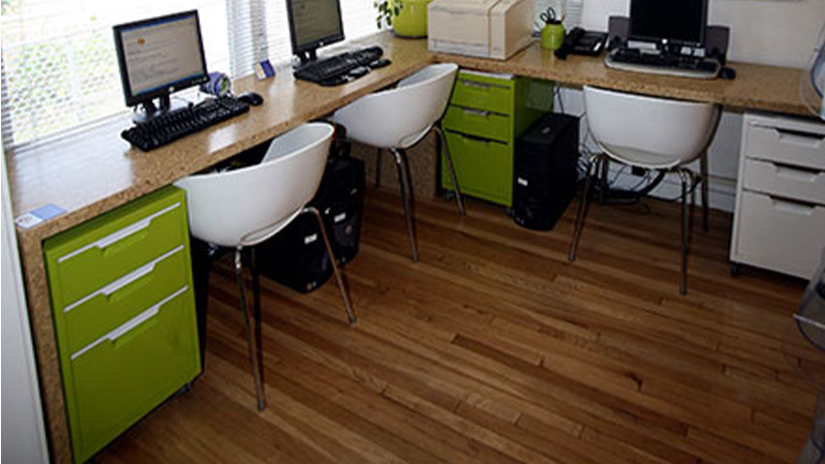
Refinished Hardwood Floors - Refinishing wood floors (instead of laying down new flooring) will reduce consumption of new products, reduce waste, and consume less water and energy since the new wood flooring does not have to be transported. Also, non-toxic soy-based alternative stains and finishes can be used to reduce the chemicals used during the refinishing process.
Energy Star - All equipment in the Sustainability Center is Energy Star rated, a joint program of the U.S. Environmental Protection Agency and the U.S. Department of Energy, which helps consumers know which products are the most energy efficient option.
Parallam Headers - This product is a manufactured structural wood beam, which is constructed from pressure and adhesive bonded wood strands of wood. Parallam headers actually have a higher strength rating than solid sawed lumber. Use of these headers reduces the demand for new lumber harvesting while strengthening the materials utilized in our house.
Cork flooring - Made from tree bark, it's a natural and renewable resource which does not require the tree to be cut down. It naturally repels pests, is mold resistant.
Indoor Plants - The plants in our office or home are not only decorative, but NASA scientists are finding them surprisingly useful in absorbing potentially harmful gases and cleaning the air inside modern buildings. Plants that are kept in good condition have proven to be a real asset in solving the indoor air pollution problem. The top ten indoor plants ranked for their air cleaning powers are Bamboo Palm, Chinese Evergreen, English Ivy, Gerbera Daisy, Janet Craig, Marginata, Mass Cane/Corn Plant, Mother-in-laws Tongue, Pot Mum, Peace Lily, and Warneckii.
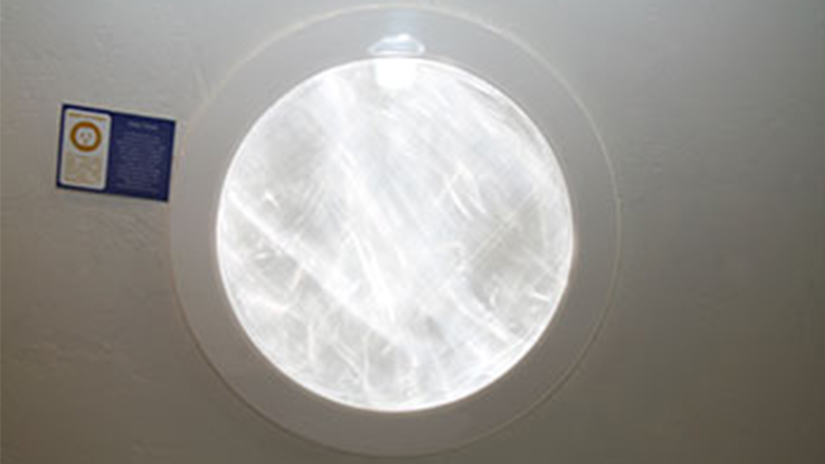
Solar Tubes - Solar tubes capture sunlight on the roof and redirects it into the rooms. This "passive lighting" system has provides ample light 95% of the year by not needing to turn on a light switch.
Re-Purposing of Materials - The coffee table is an old door from the renovation. By reusing materials, which could end up in a landfill and eliminating the creation of a new table, less water and energy, etc. Old doors can be repurposed into a headboard, a desk, or a table with relatively easy do-it-yourself instructions.

Interface FLOR Carpet Tiles - are manufactured in an environmentally friendly way to include recycled material and can also be recycled at the end of their life. The production method produces less waste and does not require the use of heavy adhesives to glue the carpet to the floor. The mission of Interface FLOR is to protect, restore, innovate and educate, with a goal of being 100% sustainable by 2020.
Heating and Ventilation System - There is no air conditioning or furnace in this building, which eliminates heavy uses of electricty and CFC's for cooling or the burning of natural gas for heating. Instead this building manages comfort through passive systems. To cool our space in the summer we open windows and doors, and use fans to provide a cross breeze. In addtion, computer towers and servers have been consolidated into a closet to contain the unwanted heat they generate. To heat our office in the winter air is circulated around a hot water tank that is heated by the a solar water system in the back yard. The excess heat warms the air, which is then circulated through vents, keeping our office warm a toasty without ever having to burn any gas.
Used Furniture - One of the most environmentally friendly actions we can take is to reuse. Re-using not only keeps things out of the landfill, but prevents us from having to purchase something new, which reduces the consumption of water, energy, chemicals and materials. For example our coffee table is simply the door that used to exist before we remodeled.
Green at All Economic Levels - IKEA (white cubicles) and Herman Miller (green couch) both have strong environmental policies and represent the variety of ways you can incorporate green furnishings into your design. Herman Miller Couch: Fabric is made from recycled water bottles.

Paperstone Counter Tops - made from post-consumer waste, recycled paper, and proprietary, petroleum-free phenolic resins. Paperstone is highly UV resistant and has even color distribution through the entire panel or piece. Paperstone is the "greenest" architectural surface on the market today. It can be used for interior countertops, wall cladding, conference tables, signs, windowsills, and toilet partitions.
Bamboo Cabinets - Bamboo is an eco-friendly choice since it regenerates and reaches maturity in five or six years where it can grow to a height of 80 feet. Bamboo is harder than many hardwoods, swells less, has a high density of fiber, and absorbs less moisture and wears better than hardwood. Use of this product reduces consumption of non-renewable materials.
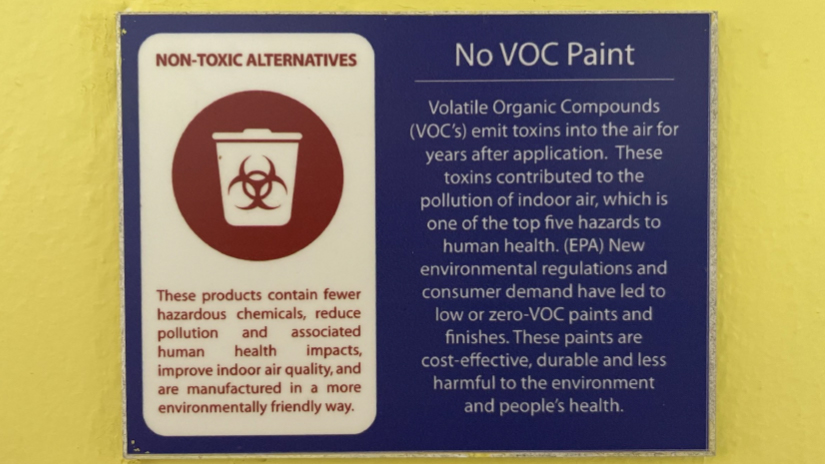
No VOC paint - Volatile Organic Compounds (VOC’s) are toxins that contribute to the pollution of indoor air, which is one of the top five hazards to human health. New environmental regulations and consumer demand have led to low or zero-VOC paints and finishes. These paints are cost-effective, durable, and less harmful to the environment and people's healths. All the paints in the Sustainability Center are zero-VOC.
Alternative Chemical Display - Provides education on alternative chemical use.
Zero Waste - You'll notice that we have very little trash. Due to conscientious behavior on part of our staff and visitors we recycle, compost, or reuse as much as possible.
Reusable Dishware and Cutlery - Allows staff to avoid using disposables and encourages us to bring our meals from home which is cheaper, healthier, and better for the environment.
Water filter - A water filter allows us to avoid plastic water bottles, save money, and greenhouse gases from the transportation and recycling of single-use bottles.
Dual Flush Toilet - The dual flush toilet system is a toilet with two buttons to operate the flush. One button gives a short flush and the other button operates the full flush. The system has the added benefit of using significantly less water, even on the full flush. Most dual flush systems uses less than a gallon for the short flush. This is an amazing saving over the old style toilets where the same flush was made regardless of the actual requirement. The short flush is designed to remove fluids, leaving the long flush in dual flush systems to deal with the flushing away of solids.



